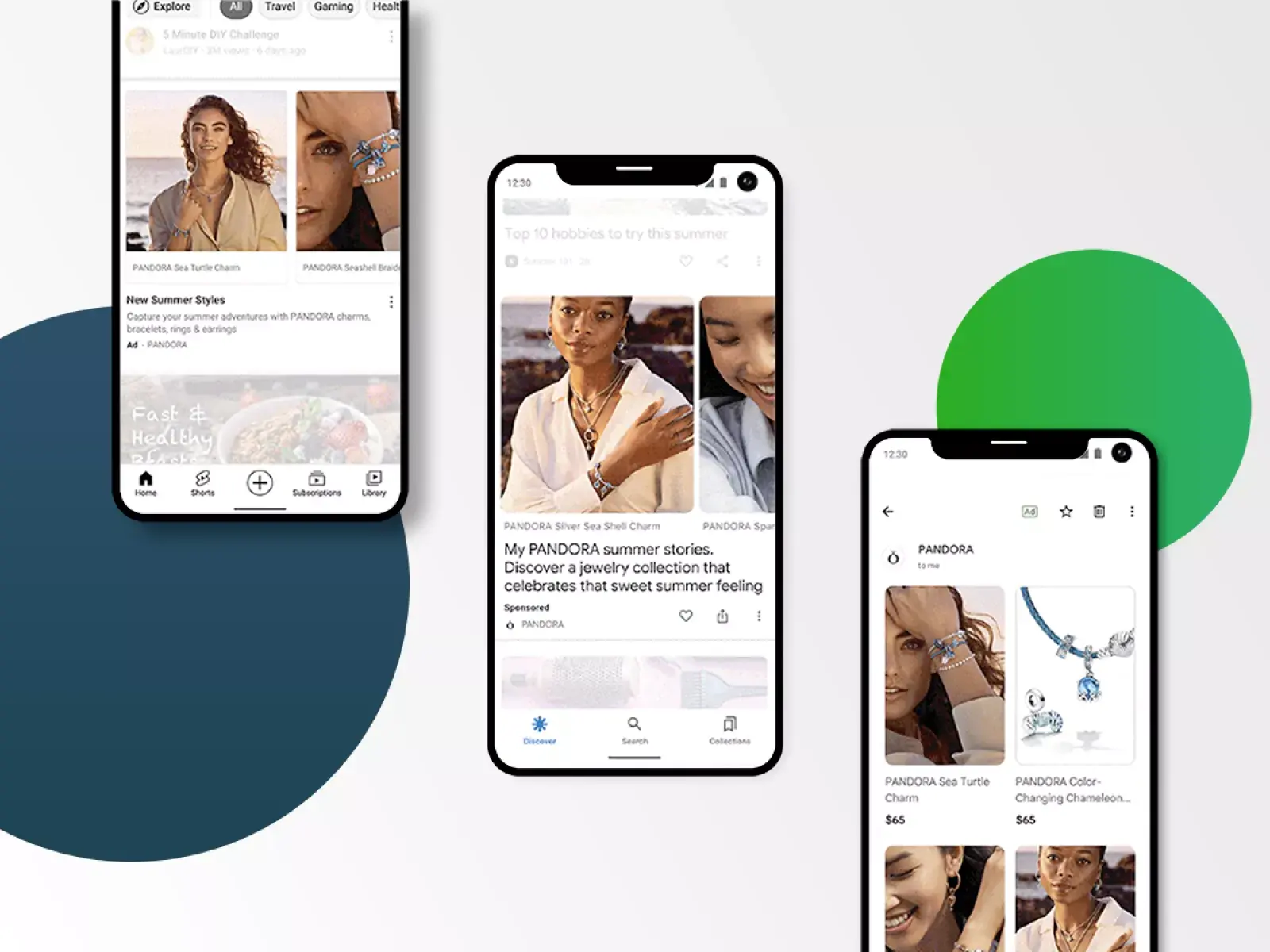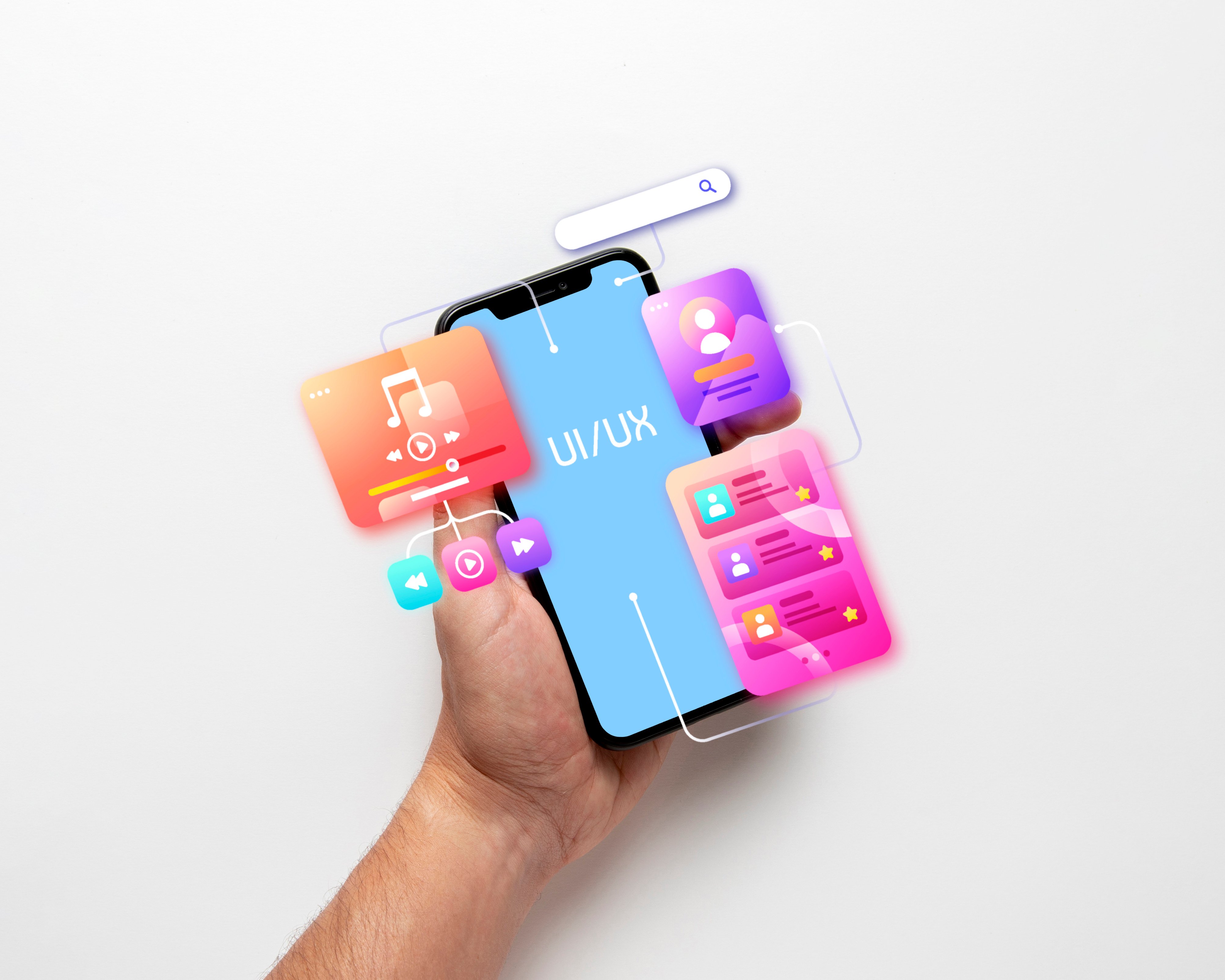Demand Generation (Demand Gen) campaigns are designed to create sustained interest and engagement with your brand, making them an essential tool for modern marketers. This blog will explore what makes Demand Gen campaigns unique, how they compare to other types of Google ad campaigns, and the steps you need to take to integrate them into your marketing strategy.
1. Demand Generation vs. Other Google Ad Campaign Types
To understand Demand Gen campaigns better, it's useful to compare them to other common Google ad campaign types.
a. Demand Generation Campaigns
- Focus: Long-term engagement and lead nurturing.
- Objective: Build awareness, generate interest, and guide prospects through the entire buying journey.
- Content: Rich, educational content like blogs, whitepapers, webinars, and videos.
- Measurement: Success is measured by engagement metrics, lead quality, and conversion rates over time.
b. Search Ads
- Focus: Immediate response to specific queries.
- Objective: Capture user intent by targeting specific keywords that potential customers are searching for.
- Content: Text-based ads that appear on search engine results pages (SERPs).
- Measurement: Click-through rates (CTR), cost-per-click (CPC), and immediate conversions.
c. Display Ads
- Focus: Broad brand awareness and retargeting.
- Objective: Reach users while they browse other websites, emphasizing visual engagement.
- Content: Banner ads, images, and videos shown on Google Display Network.
- Measurement: Impressions, click-through rates, and conversion rates.
d. Video Ads
- Focus: Engaging and capturing audience attention through video content.
- Objective: Build brand awareness and drive consideration through visually appealing and informative video content.
- Content: Video ads on YouTube and other Google partner sites.
- Measurement: View counts, watch time, and engagement metrics.
2. The Technical Aspects of Demand Generation
Demand Generation campaigns involve several technical components that set them apart from other campaign types.
a. Targeting and Segmentation
- Audience Segmentation: Use detailed buyer personas to segment your audience effectively. This allows for personalized content that speaks directly to each segment's needs and pain points.
- Behavioral Targeting: Target users based on their online behavior, such as pages visited, content consumed, and actions taken on your website.
b. Content Strategy
- Educational Content: Focus on creating valuable content that educates your audience, such as how-to guides, case studies, and industry insights.
- Multi-Channel Approach: Distribute content across multiple channels, including blogs, social media, email, and video platforms, to ensure broad reach and engagement.
c. Marketing Automation
- Lead Nurturing: Use marketing automation tools to nurture leads through personalized email sequences and targeted content delivery.
- Scoring and Qualification: Implement lead scoring to prioritize high-quality leads for your sales team, ensuring they focus on the most promising prospects.
d. Analytics and Optimization
- Performance Tracking: Use advanced analytics tools to track the performance of your campaigns. Monitor key metrics such as engagement rates, lead generation, and conversion rates.
- Continuous Optimization: Regularly analyze data to identify areas for improvement and adjust your strategies accordingly to maximize ROI.
3. Is Demand Generation a New Thing?
Demand Generation is not entirely new but has evolved significantly with advancements in digital marketing technologies and strategies.
a. Historical Context
- Traditional Marketing: Historically, marketing efforts focused on immediate sales and short-term gains, with less emphasis on long-term relationship building.
- Evolution: With the rise of digital marketing, the need for more sophisticated strategies to engage and nurture leads over time became apparent.
b. Modern Demand Generation
- Integration of Technology: Modern Demand Gen leverages advanced technologies like marketing automation, AI, and machine learning to create personalized and scalable marketing efforts.
- Holistic Approach: It integrates various marketing channels and techniques to provide a seamless and engaging experience throughout the customer journey.
Demand Generation campaigns are a powerful tool in the digital marketer's arsenal, designed to build long-term relationships with potential customers and guide them through the entire buying journey. By comparing them to other Google ad campaign types, we can see their unique focus on sustained engagement and lead nurturing. The technical aspects, such as advanced targeting, educational content, and marketing automation, make Demand Gen campaigns particularly effective.
For more insights into optimizing your digital paid media strategies, don't miss our blog on "The Future of Digital Paid Media: Top 5 Trends for 2024", in addition to blogs covering topics like "Awareness vs. Conversions" & "Personalized Ads".
Incorporating Demand Gen into your marketing strategy can lead to higher-quality leads, improved ROI, and ultimately, more successful marketing outcomes. Start leveraging these powerful campaigns today to boost your lead generation efforts and build lasting relationships with your audience.



